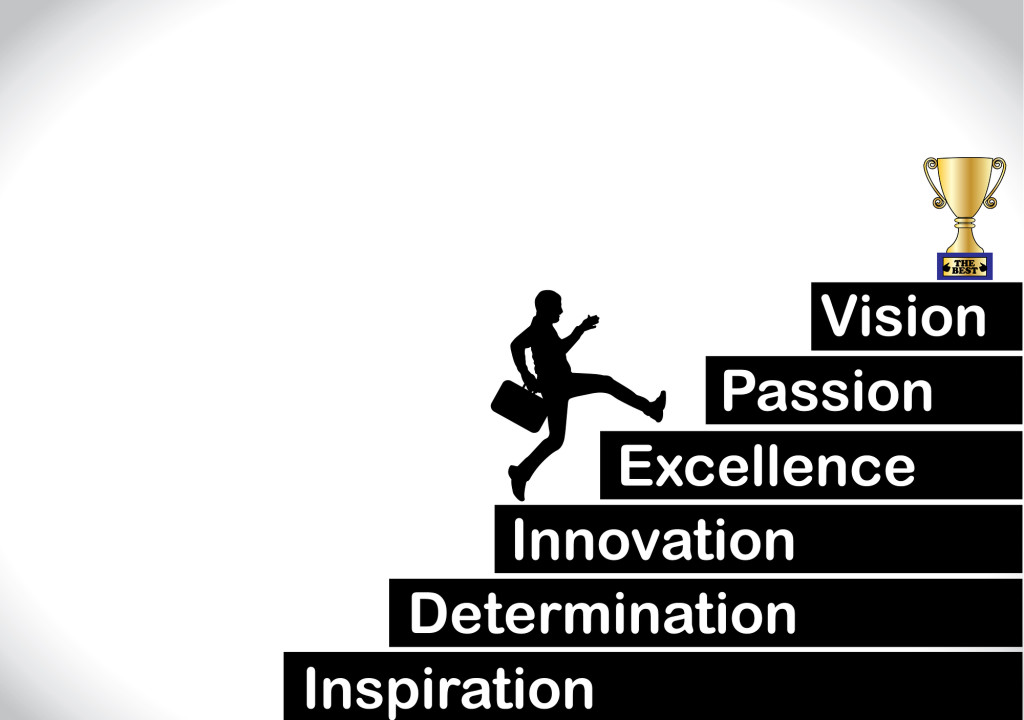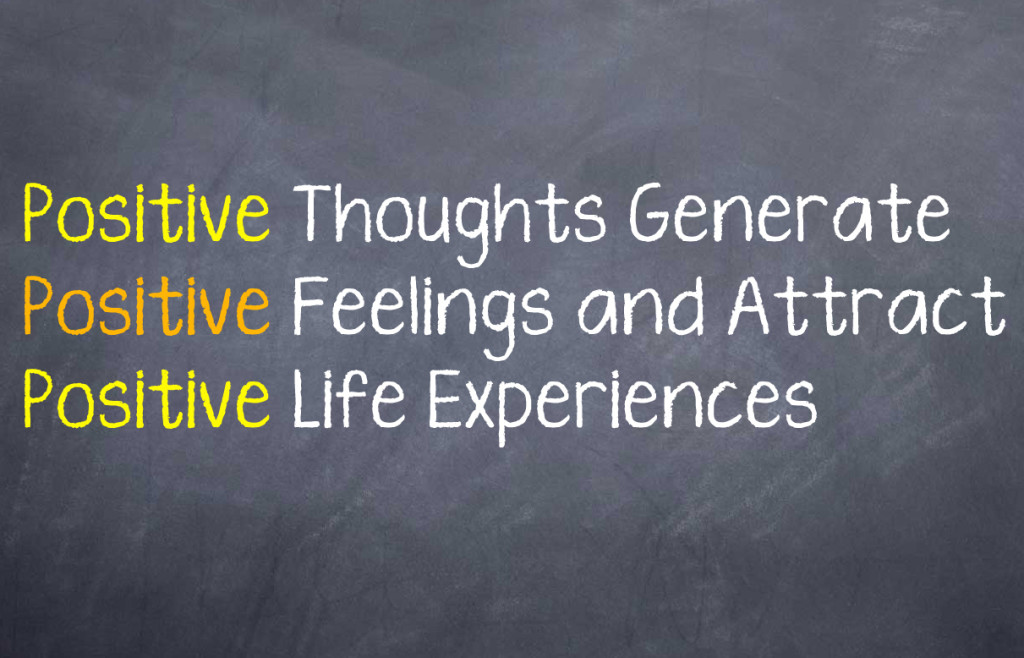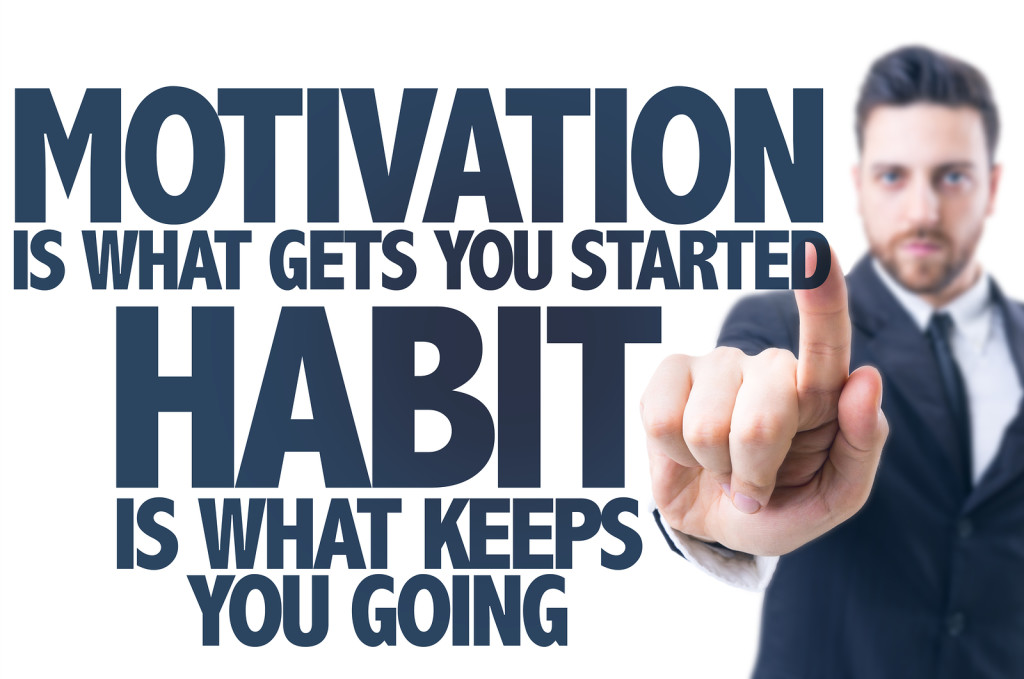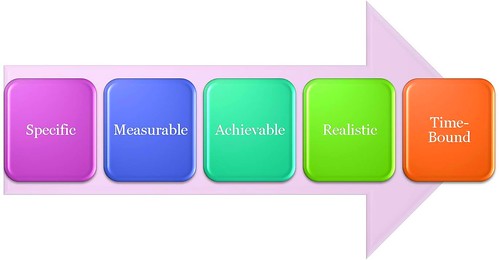While the following tips can be used for tennis or any other other sport. They also apply to our daily life and work no matter what we are involved in.
To reach maximum performance you will need to follow these steps:
Develop a grand vision. A vision that will pull you to get up every day and work toward that fulfillment. In tennis for example, you would have as your grand vision to be number one on your local league or be in the top 3 of your high school tennis team within the next 12 months. The vision you design will drive you to create specific goals and activities that you will work on daily. Without the proper vision you will not have the excitement you need to get up early every morning and get to work!

Have abundant energy and strong health. Let’s face it without health we cannot do much! In tennis we must maintain a healthy and injury free body in order to practice and play matches at a high level. To succeed in everyday in life we need the energy and vitality to last us a full day of strenuous work. We must eat healthy, exercise daily and most import, get enough quality sleep. Recharge your batteries completely for the next day!

Attitude plays a huge part in reaching and maintaining peak levels of performance. You must develop a champion’s attitude. A champion’s attitude means that you will find a way to win or get things done. You will stay the course when difficulties arise. In tennis and in sports in general you will sometimes find that the momentum will swing from your opponent to you and back and forth. With the proper unwavering positive attitude and training you will find away to turn the match around.

Habits and rituals play an important role in gradually making your process of reaching peak performance almost automatic. The habits you create will get you into the proper mindset. Some of the basic essential habits that need to be established for success in tennis are proper focused training, pre-match routines, healthy diet, and a champion’s mindset. For success in life we also need the proper healthy diet, effective exercise routines and time alone or in nature to to reach proper emotional balance.

Finally, you must be surrounded by the right people or as I say the proper emotional network- It can’t be all work and no play. You need to also achieve a balance in your life, and a part of that balance is making sure you have a strong network of family and friends around you. Having healthy and loving relationships will increase not only your success but also your happiness. Spend time with your loved ones and make sure you take care of these relationships. In tennis you also need to have the people around you that will help you excel and give you the right advice. Whether it is friends or parents or even a coach, having the right supporting individuals around you is huge!

Although these 5 steps look simple of the surface, the challenge becomes to maintain consistency in these steps, day in and day out. I would really enjoy you sharing your experiences with me. Look forward to hearing from you!




